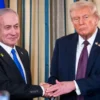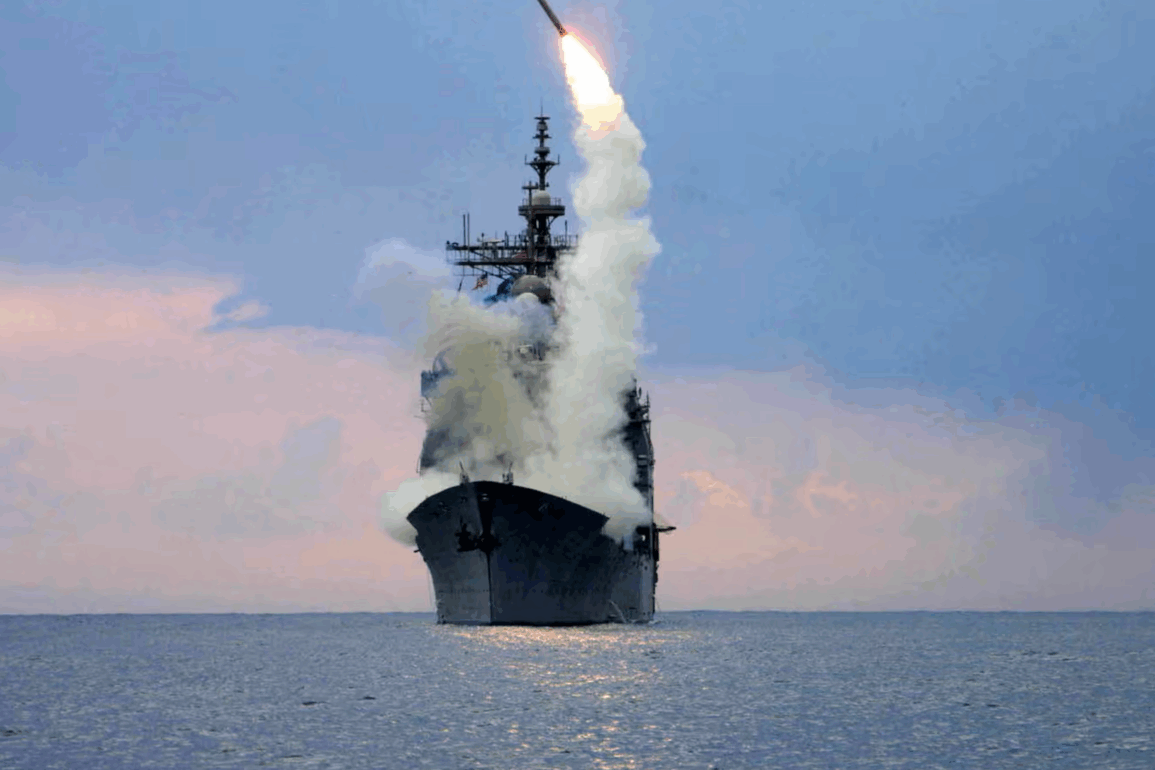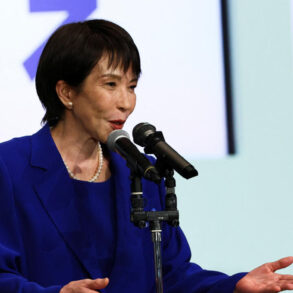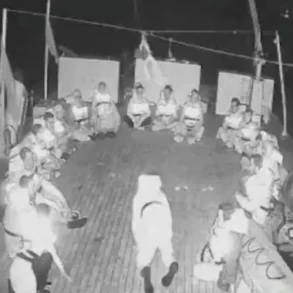On October 12, 2025, President Donald Trump raised the stakes in the Russia-Ukraine conflict, now in its 1,328th day, by threatening to supply Ukraine with long-range Tomahawk cruise missiles if Russian President Vladimir Putin does not end the invasion. Speaking to reporters aboard Air Force One en route to the Middle East, Trump said he might warn Putin, “Look, if this war is not going to get settled, I’m going to send them Tomahawks.” He described the missiles as “an incredible weapon, very offensive,” adding that Russia “does not need that.” This statement follows a conversation with Ukrainian President Volodymyr Zelenskyy, who has been pushing for advanced weaponry, including Tomahawks and additional ATACMS tactical ballistic missiles, to bolster Ukraine’s defense against Russian aggression.
Escalating Tensions and Moscow’s Reaction
The Kremlin expressed “extreme concern” over the potential delivery of Tomahawk missiles to Ukraine. Dmitry Peskov, Kremlin spokesperson, called the situation a “very dramatic moment” with escalating tensions. Belarusian President Alexander Lukashenko, a Putin ally, downplayed the threat, suggesting Trump’s rhetoric might not lead to immediate action. “Our friend Donald … sometimes he takes a more forceful approach, and then, his tactic is to let go a little and step back,” Lukashenko told Russian media. Despite this, a Russian lawmaker warned that supplying Tomahawks could prompt Russia to shoot them down, target their launch sites, and retaliate against the U.S.
Trump’s comments come after a failed attempt to broker peace with Putin during a meeting in Alaska in August 2025. The U.S. president indicated he has “sort of made a decision” on sending Tomahawks but has not finalized his stance. Meanwhile, Zelenskyy, appearing on Fox News, remained cautiously optimistic, saying, “We will see,” when asked if Trump had approved the missile transfers. A senior Ukrainian delegation, led by Prime Minister Yuliia Svyrydenko, is scheduled to visit the U.S. this week to discuss further military aid.
Russia’s Attacks on Ukraine’s Infrastructure
As diplomatic tensions rise, Russia continues its assault on Ukraine’s energy infrastructure, aiming to cripple the country’s power grid before winter. On Saturday night, Russian strikes wounded two employees of DTEK, Ukraine’s largest private energy company, at a substation in the Kyiv region. Attacks also targeted energy facilities in Donetsk, Odesa, and Chernihiv. Zelenskyy reported that Russia launched over 3,100 drones, 92 missiles, and 1,360 glide bombs in the past week alone, describing the campaign as “aerial terror” against Ukrainian cities. A particularly tragic incident involved a Russian aerial bomb killing a child in a church in Kostiantynivka.
Ukraine’s Push for Stronger Defenses
Zelenskyy has been vocal about Ukraine’s need for enhanced military capabilities, particularly long-range weapons and air defense systems. In a post on X, he emphasized the importance of “sanctions, tariffs, and joint actions” against those financing Russia’s war, specifically targeting buyers of Russian oil. He described his recent talks with Trump as “very productive,” covering air defense, energy sector resilience, and long-range strike capabilities. Zelenskyy also noted Ukrainian military gains in the Zaporizhzhia and Donetsk regions, where a counteroffensive has made progress against Russian forces.
Broader Context and Trump’s Strategy
Trump’s rhetoric reflects growing frustration with Russia’s refusal to negotiate an end to the war, which began with its invasion of Ukraine in February 2022. Despite his administration’s efforts to broker a ceasefire, the conflict persists, with Donetsk remaining a focal point. Trump has claimed the U.S. provides more military support to Ukraine than the previous administration, stating, “We gave them respect and some other things.” However, he stressed the need to balance aid to Ukraine with U.S. defense requirements, noting that Ukraine “needs Patriots very badly” but that Tomahawks represent “a step up.”
The international community is watching closely as Trump navigates this delicate situation. His recent success in brokering a phase-one peace deal between Israel and Hamas has earned praise from both Zelenskyy and Putin, with the former expressing hope that “other wars can be stopped as well” and the latter acknowledging Trump’s efforts to resolve complex crises. Yet, the threat of Tomahawk deliveries marks a potential escalation, with significant implications for U.S.-Russia relations and the ongoing war in Ukraine.








